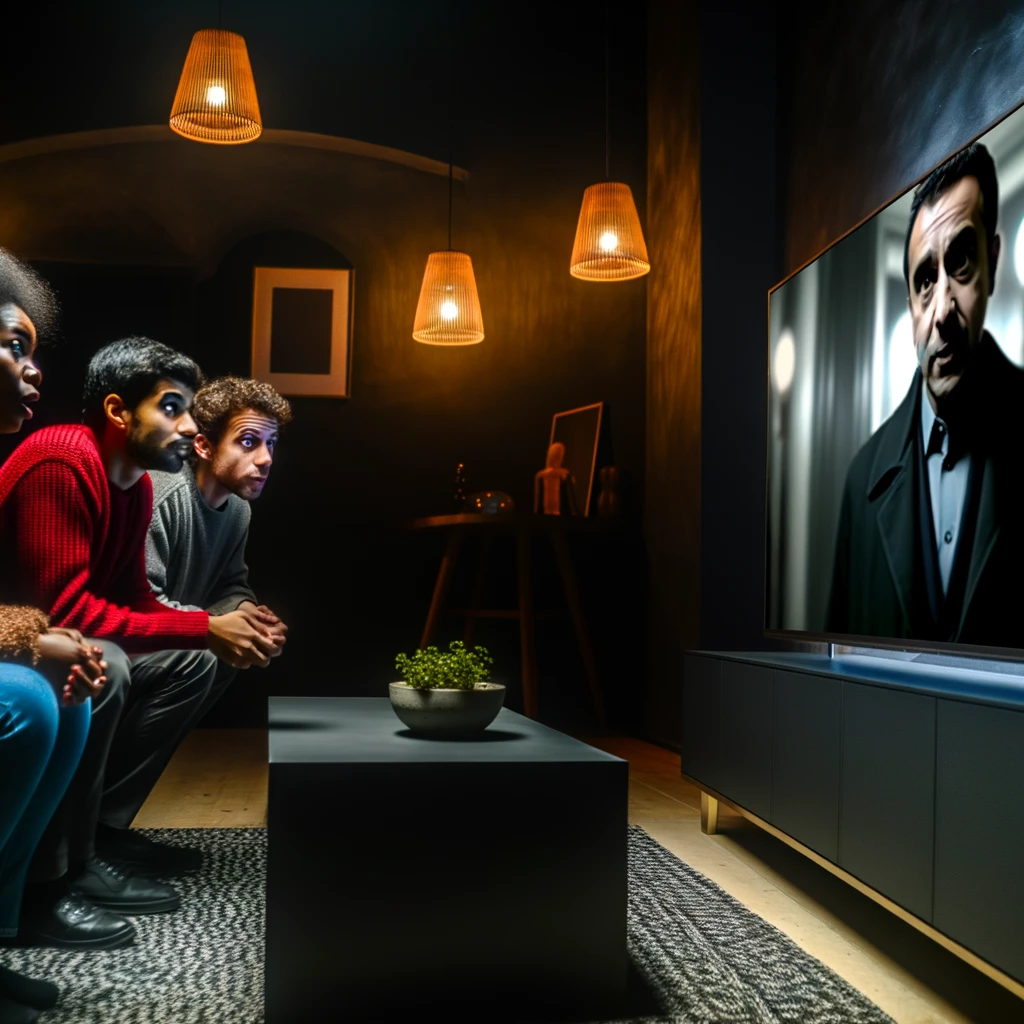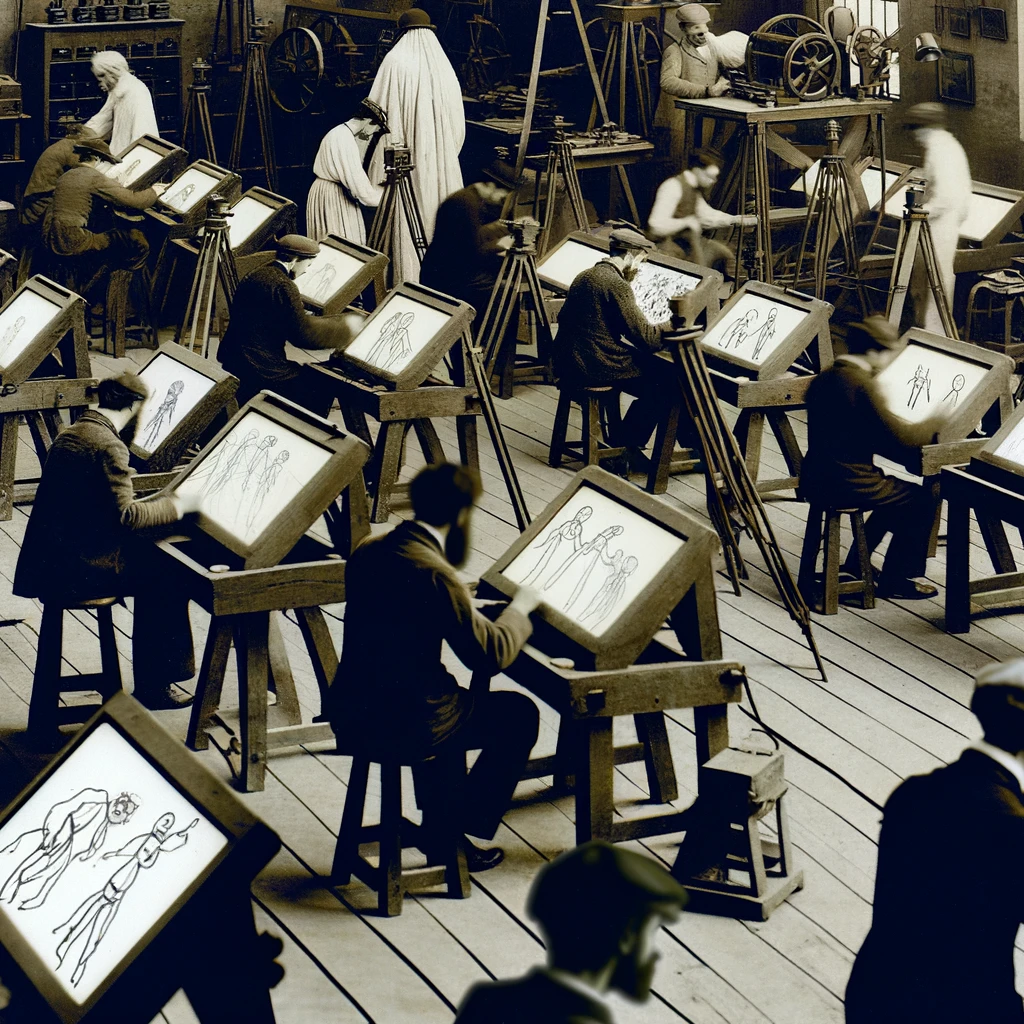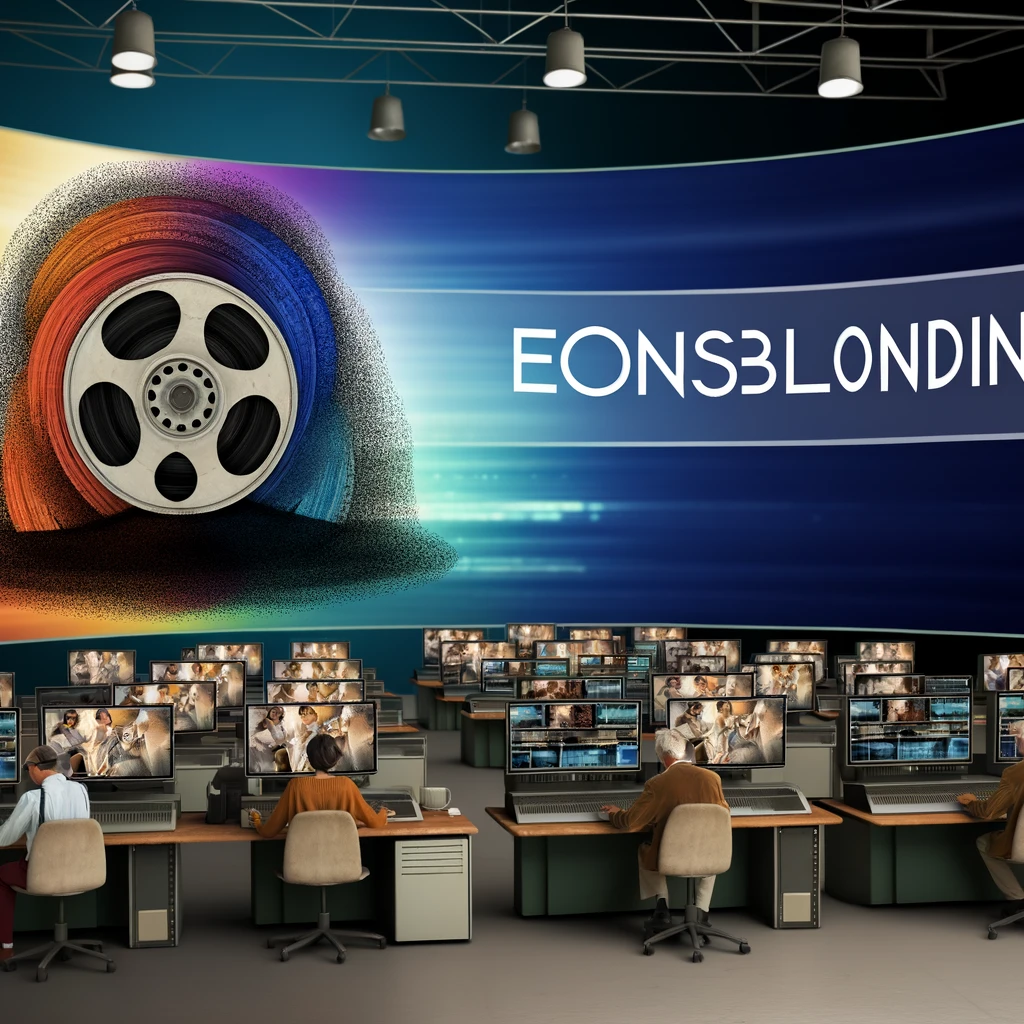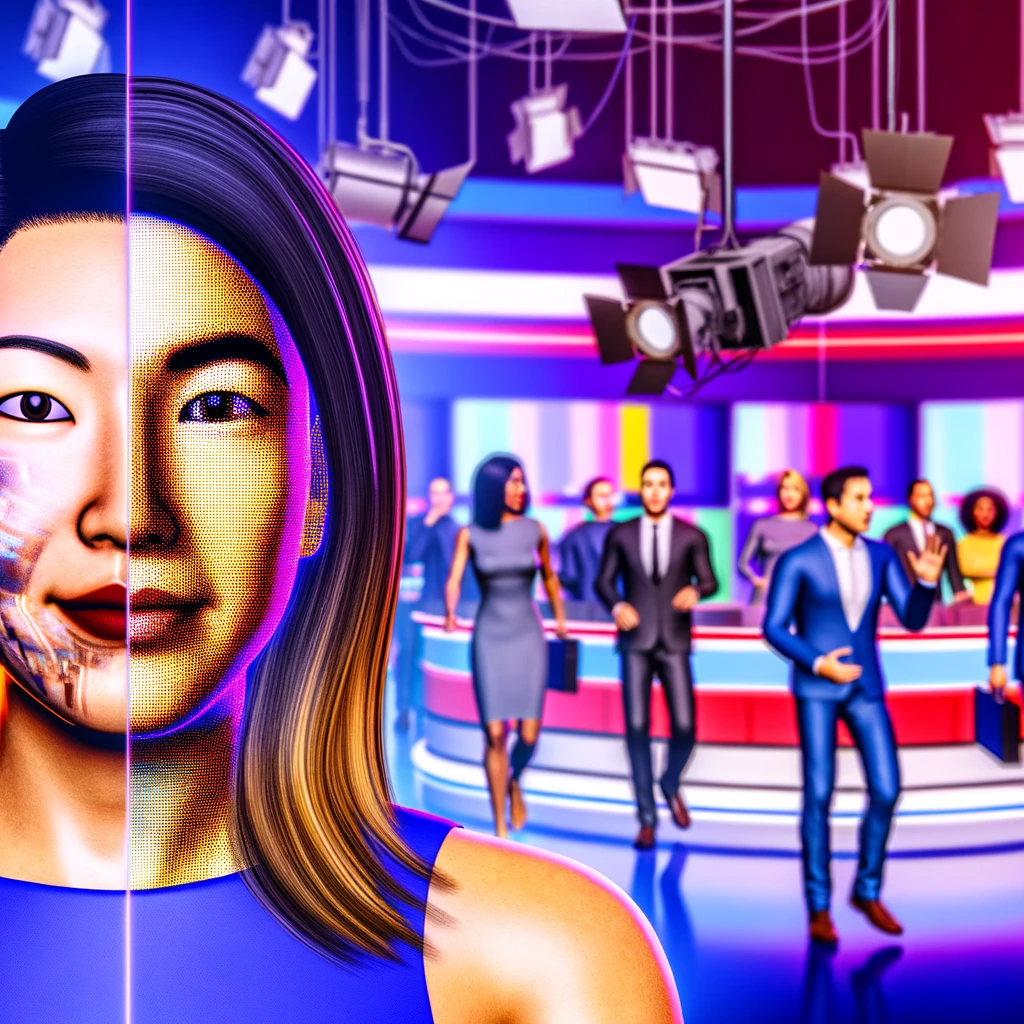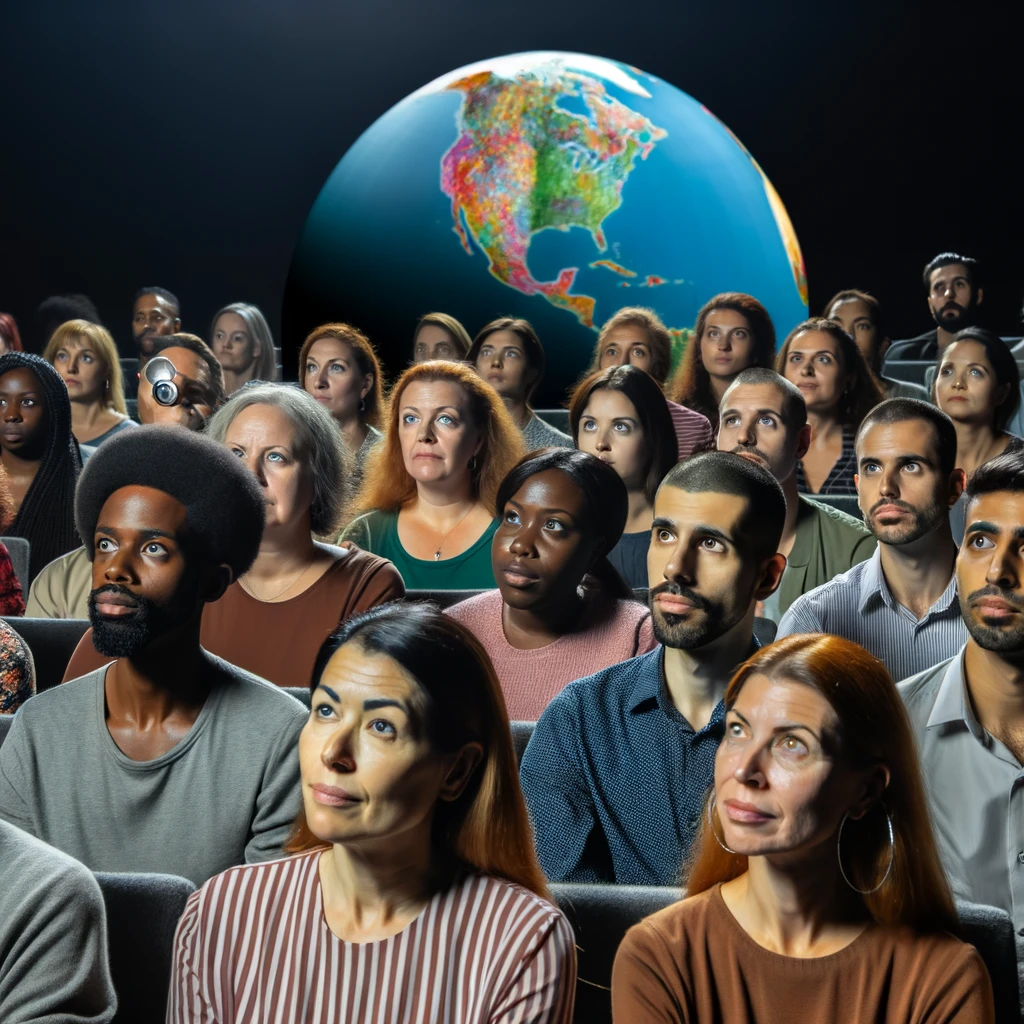
Censorship in Entertainment: A Global Perspective
Censorship in entertainment is a complex and multifaceted issue that has been debated for decades. It involves the suppression of speech, public communication, or other information, which may be considered objectionable, harmful, or sensitive by governments, private institutions, or other controlling bodies. As entertainment mediums evolve, the mechanisms and implications of censorship have also transformed, impacting creators and audiences worldwide.
The Origins and Evolution of Censorship in Entertainment
The concept of censorship dates back to ancient civilizations, where rulers dictated what was acceptable for public consumption. In the modern era, censorship in entertainment has taken various forms, from outright bans to subtler forms of content regulation. The advent of digital media has further complicated these dynamics, as content can cross borders more easily, challenging traditional national censorship policies.
Censorship Across Different Media
Each form of entertainment—film, literature, music, and digital media—faces unique challenges with censorship. In the film industry, content is often subject to rating systems that determine the audience's age appropriateness. Literature can be banned or altered in different countries based on political or religious grounds. Music often faces scrutiny due to explicit content or controversial themes.
Digital platforms, however, present both challenges and opportunities for censorship. Social media platforms have become battlegrounds for free speech debates, as they navigate the fine line between regulating harmful content and upholding freedom of expression.
Global Impacts of Censorship
Censorship impacts vary significantly across the globe, influenced by cultural, political, and social factors. In authoritarian regimes, censorship is often stringent, with the state exerting control over what can be disseminated. In contrast, democratic nations may adopt more lenient approaches, though debates around free expression and societal harm continue to persist.
Case Studies
In China, the government maintains strict control over entertainment content, influencing both domestic productions and foreign media that enter the market. This has led to self-censorship among creators aiming to comply with regulations. Meanwhile, in the United States, the First Amendment protects free speech, but controversies arise around issues like hate speech and misinformation on digital platforms.
The Role of Technology in Shaping Censorship
Technological advancements have both challenged and facilitated censorship. The internet has democratized content creation, allowing voices that might have been suppressed to reach global audiences. Yet, this same accessibility has led to increased calls for regulation to prevent the spread of harmful content. Algorithms used by platforms to filter content can also inadvertently lead to censorship, raising concerns about transparency and accountability.
Balancing Act: Freedom of Expression vs. Social Responsibility
The debate over censorship in entertainment ultimately revolves around finding a balance between protecting society and upholding individual freedoms. As global audiences become more interconnected, the need for a nuanced approach grows. Stakeholders, including governments, tech companies, and civil societies, must collaborate to develop frameworks that respect cultural differences while promoting free expression.
Conclusion
Censorship in entertainment is a reflection of broader societal values and tensions. As the world becomes increasingly digital, the methods and motives behind censorship will continue to evolve. Understanding these dynamics is crucial for addressing the challenges and opportunities presented by censorship in the modern era.
Related Articles
